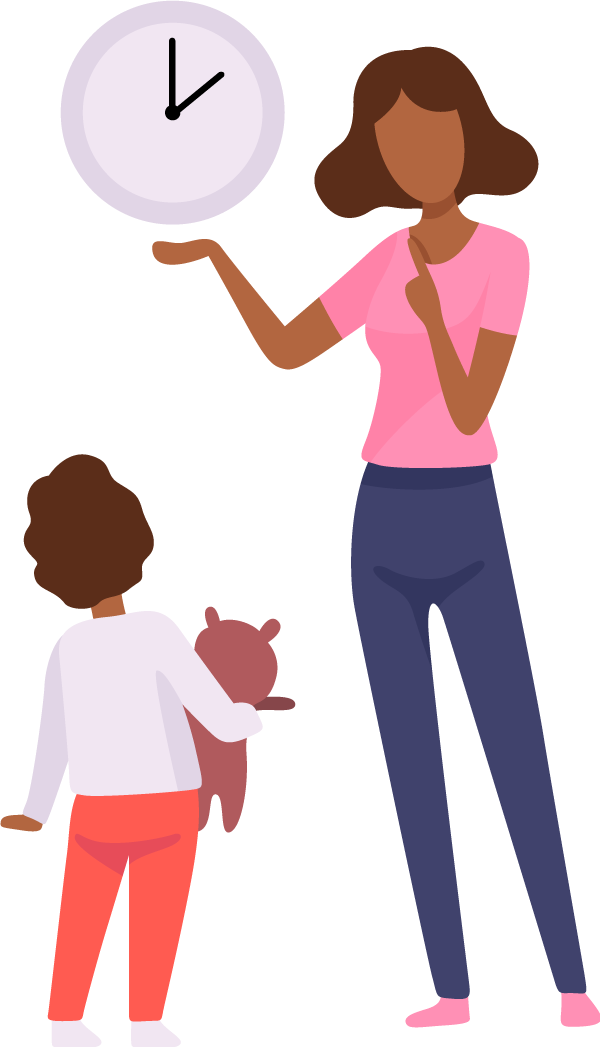- Bond Elementary
- Sound-Spelling Patterns
-
Sound-Spelling Patterns

For the following activities, your child will blend letters, analyze word parts, and write and recognize words. Use the documents below as needed before or while engaging in the activities.
Sound-spelling patterns consist of letters that are often combined to make a specific sound. Common sound-spelling patterns can include consonant patterns, vowel patterns, and syllable patterns. See examples below (not an exhaustive list of examples).
Sound-Spelling Pattern Examples
Pattern Type Pattern Examples Consonant Patterns Consonant digraphs are two or more consonants next to each other that make one sound. - th (this)
- sh (fish)
- tch (patch)
Consonant blends are two or more consonants next to each other that make their individual sounds. - st (stop)
- ft (raft)
- scr (script
Silent-letter combinations are two consonants next to each other where one says its sound and the other is silent. - kn (know)
- wr (write)
- mb (lamb)
Vowel Patterns Vowel teams are two or more letters next to each other that say one vowel sound. - ea (weak)
- igh (night)
- oa (boat)
Vowel diphthongs two vowels next to each other that begin with one vowel sound and changes to another vowel sound within the same syllable. - ow (cow)
- oi (noise)
r-controlled vowels are vowels followed by r. A syllable is a word part with a vowel in it. Usually, a word has as many syllables as it has vowels. Vowels are a, e, i, o, u. The other letters (like b, c, d, f) are consonants.
- Cat has one syllable.
- Picnic has two syllables (pic‑nic).
- Yesterday has three syllables (yes‑ter‑day).
Syllable Pattern Examples
Syllable Pattern Description Examples Open A syllable ending with a vowel sound that is spelled with a single vowel letter (a, e, i, o, or u). - me
- pro/gram
- mu/sic
Closed A syllable ending in one or more consonants and a short vowel sound spelled with one vowel. - hat
- dish
- bas/ket)
VCe V stands for vowel. C stands for consonant. e is the silent e at the end of a syllable or word.
A syllable pattern that ends in silent e, which makes the vowel before it a long sound (say its name).- stripe
- shine
- bake
Vowel Team A syllable that has multiple vowels spelling the vowel. - tooth
- pain
- train/er
Vowel‑r A syllable that has at least one vowel followed by an r. The r always comes directly after the vowel (ar, er, ir, or, ur). - car
- bird
- cor/ner
Consonant‑le A final syllable that contains a consonant followed by le. The e is always silent in this syllable pattern. Silent Letters
Key Points About the Video- Mom provides a word with a silent letter (comb) and explains that the b is silent because we do not hear /b/ when we say comb.
- For each word, Mom has her son read the word, determine if there are any silent letters in the word, sort the word, and spell the word.
- Mom and son talk about in the word speak the e and the a work together to make one sound.
Silent Letters
Help your child identify silent letters (knock, listen, write) in words and read and write words with silent letters.
Open and Closed Syllable Sort
Help your child identify and sort words with open and closed syllable patterns.
Syllable Sort
Help your child identify and sort words by their syllable patterns.
Map and Swoop Consonant -le Syllable Pattern
Key Points About the Video- Mom makes sure her daughter knows what a syllable is and what vowels and consonants are before beginning the activity.
- Mom has daughter write a sound-spelling pattern in each sound box, underline the vowels, swoop the syllables, and read the word.
- Mom and daughter discuss the meaning of the words and Mom puts each word in a sentence to ensure understanding.
Map and Swoop Consonant-le Syllable Pattern
Help your child identify consonant-le syllable patterns to read and spell words. A consonant-le syllable pattern is a final syllable that contains a consonant followed by le. The e is always silent in this syllable pattern. Examples include sim‑ple, puz‑zle, a‑ble.

